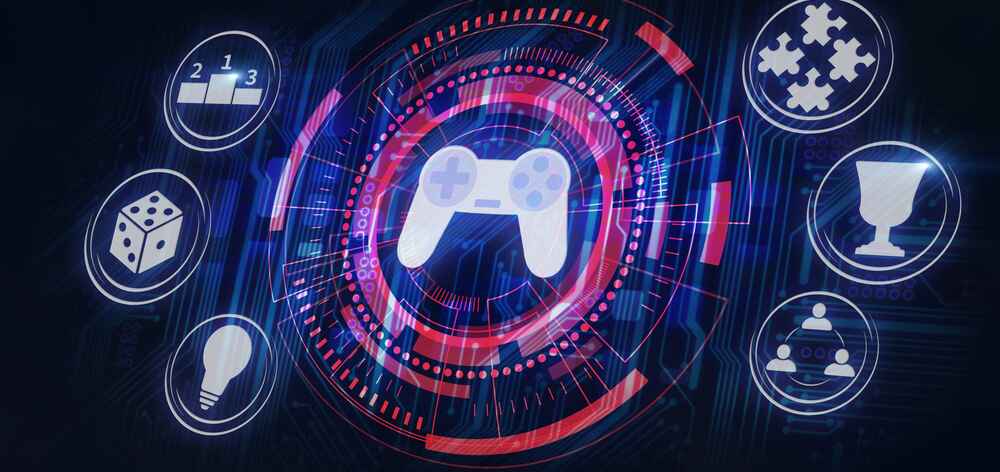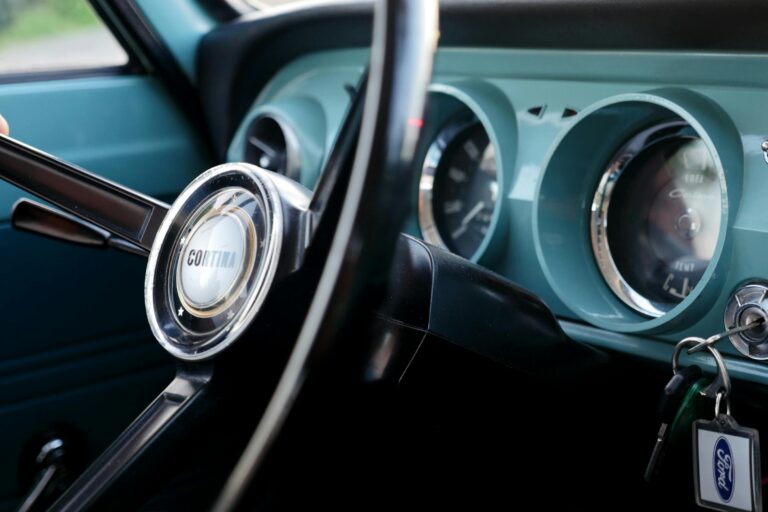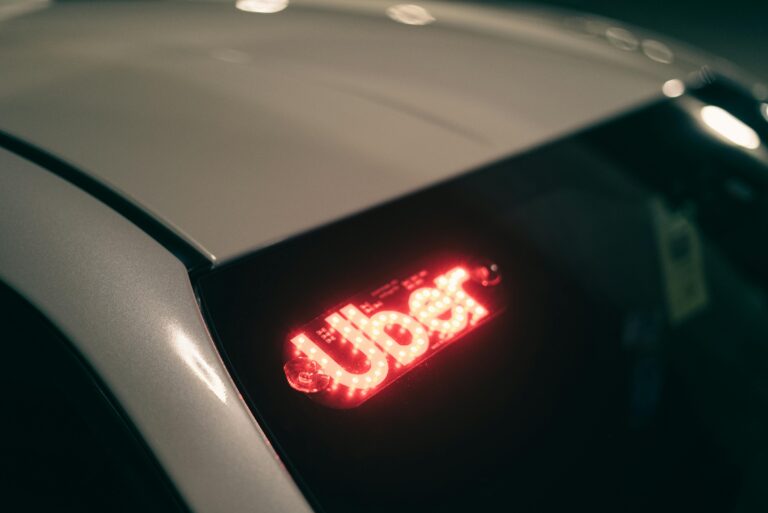
Types of Gamification in Loyalty Programs
Businesses can apply different gamification strategies to enhance customer loyalty. Here’s a deeper dive into the various types of gamification techniques businesses use:
1. Points Systems
This is the most common form of gamification in loyalty programs. Customers earn points for their purchases, social media engagements, or other actions, which they can redeem for discounts or rewards. It’s simple, and it works well to keep customers engaged over time.
Example:
- Target Circle: Target’s loyalty program allows customers to earn points for every dollar spent, which can be used for discounts, donations, or special offers. This system encourages repeat purchases while also providing the customer with the flexibility to use points in multiple ways.
2. Tiered Rewards
In a tiered system, customers can reach higher levels based on their engagement, unlocking new and more exclusive rewards as they progress. This system encourages customers to keep coming back to reach the next milestone.
Example:
- Amazon Prime: Amazon Prime offers a membership program with tiered benefits. As a Prime member, customers receive free shipping, exclusive discounts, and early access to deals. Customers are motivated to renew their subscription annually because they feel they are unlocking exclusive benefits that improve their shopping experience.
3. Challenges and Achievements
Gamified challenges can keep customers engaged by pushing them to complete specific tasks or goals. This type of gamification taps into customers’ desire for achievement and the satisfaction of completing goals.
Example:
- Fitbit: Fitbit’s fitness tracker uses challenges and achievement badges to motivate users. Users are encouraged to complete daily steps, set weekly goals, and participate in challenges with friends. Each milestone unlocked rewards users with virtual badges or new features, making the fitness journey feel like a game.
4. Competitions and Leaderboards
Leaderboards and competitions tap into a sense of rivalry and personal achievement. Customers are encouraged to compete against others, with the incentive of winning rewards for top performances.
Example:
- McDonald’s Monopoly: McDonald’s Monopoly game is a prime example of using competitions and leaderboards in a gamified loyalty program. Customers collect game pieces with their food purchases, and those who collect certain sets of pieces can win a variety of rewards, ranging from free food to cars. The competitive nature of the game encourages frequent purchases, as customers aim to collect all the pieces needed to win big prizes.
Also Read : Nash Equilibrium in Pricing Wars: When Everyone Loses
Benefits of Gamifying Loyalty
The advantages of gamifying loyalty programs extend beyond just customer engagement. By creating rewarding and enjoyable experiences, businesses can significantly boost brand loyalty, customer satisfaction, and retention.
- Increased Customer Retention: Customers are more likely to stick around when there’s something fun and exciting to participate in.
Example:
- Walgreens Balance Rewards Program: Walgreens introduced a points-based system where customers could earn points for purchases, as well as for healthy activities like walking or checking their blood pressure. This creative twist on gamification encouraged more frequent store visits and kept customers engaged with the brand.
- Improved Customer Engagement: When customers feel like they’re playing a game, they are more likely to return and engage with your brand. A gamified experience can increase repeat purchases, social sharing, and brand awareness.
- Enhanced Brand Loyalty: When customers unlock rewards and feel a sense of achievement, they develop a stronger emotional connection to the brand, leading to increased loyalty.
Example:
- Sephora’s Beauty Insider: Sephora’s loyalty program uses a tiered structure, allowing customers to unlock higher levels of rewards the more they spend. Customers receive exclusive discounts, birthday gifts, early access to products, and personalized beauty tips based on their loyalty tier. Sephora’s approach turns shopping into an interactive experience, strengthening brand loyalty.
Also Read : The Marketing Prisoner’s Dilemma: Compete or Collaborate?
How to Implement Gamifying Loyalty for Your Brand
If you want to integrate gamifying loyalty into your business strategy, here are the key steps:
1. Know Your Audience
Understanding your customers’ needs, motivations, and behaviors is crucial to designing an engaging gamified program. For example, some customers may enjoy earning points, while others may be more motivated by completing challenges or achieving higher status levels.
2. Design Simple, Enjoyable Games
Your gamified program should be easy to understand and fun to participate in. Make sure the rules are clear, and the rewards are achievable.
Example:
- Dunkin’ Donuts DD Perks: Dunkin’s gamified rewards system makes it easy for customers to understand how to earn points and what they can redeem. Simple rewards like a free coffee after a set number of purchases make it fun and approachable.
3. Offer Meaningful Rewards
The key to a successful loyalty program is offering rewards that resonate with your audience. The rewards must be attractive enough to keep customers engaged.
4. Track Customer Progress
Use data analytics to measure how customers are engaging with your gamified program. Continuously improve based on customer feedback and performance metrics.
Challenges of Gamifying Loyalty
Although gamifying loyalty is highly effective, there are challenges that companies must address to make the program successful.
- Overcomplicating the Program: If the program is too complex, customers may get frustrated and disengage.
- Rewarding the Wrong Behaviors: If the rewards don’t align with your business goals (such as increasing sales or improving customer experience), the gamified program could backfire.
- Initial Investment: Creating a gamified loyalty program requires time, effort, and resources. Make sure you have the capacity to maintain and update the program regularly.
Conclusion: The Future of Gamifying Loyalty
As we move forward, the concept of gamifying loyalty will continue to evolve. With more advanced technology and data-driven insights, businesses will be able to create even more personalized and engaging loyalty programs that drive customer retention and satisfaction. Gamified loyalty programs are not just a trend—they’re a way for brands to form deeper connections with their customers, creating rewarding experiences that last.
Example:
- Uber Rewards: Uber’s gamified loyalty program rewards customers for frequent rides with status levels that unlock benefits such as priority support, price protection, and surprise rewards. This incentivizes customers to keep using Uber and enjoy a sense of exclusivity.


